8.28.15 – (LUS) – Crew Portal Update Complete/Action Required on Phishing E-mail
| APFA LAA Members |
Subscribe to the APFA Hotline |
| APFA LUS Members | Subscribe to the APFA Hotline |
| Non-Members | Subscribe to the APFA Hotline |
| Press | Subscribe to APFA’s Press Release |
Friday, August 28, 2015
- Crew Portal Update Complete
- Action Required on Phishing/SPAM AA.com E-mail
Crew Portal Update Complete – LUS
The Crew Portal/ETB was successfully updated yesterday evening.
The following bug fixes and enhancements to the Crew Portal/ETB application have been completed:
- ETB transactions that have flights that occur during any part of the PBS freeze will be blocked per the contract rules
- Inoperative, ”Create a Trade” link has been fixed
- CSD FA can no longer trade a CSD pairing with a non-CSD FA
- Vacation trades that attempt to trade 2015 days for 2016 days will not be allowed
- Private Trade Request section shows requests for the current and next month by default
- Adds error message for a F/A changing bases who attempts to trade trips across different bases
- Allows for position trades within the same pairing*
*As an exception to the above, Flight Attendants on PHX base pairings may not be displaced from her/his awarded or assigned position on her/his pairing regardless of how she/he acquired the position (e.g. PBS, ETB, ISAP, ISAP/AIL, Reserve processing). A PHX Flight Attendant may voluntarily trade positions with another Flight Attendant.
CLT, DCA, PHL – A PBS Lineholder may not be displaced from such position on her/his line pairing by a more senior Flight Attendant unless she/he voluntarily relinquishes that position. For ETB, ISAP, ISAP/AIL, and Reserve processing transactions:
The position selection for the vacated position(s) on domestic pairings shall be based on seniority among the Flight Attendants originating the pairing and shall be made at least forty (40) minutes before departure. On a non-transoceanic international pairing, position selection for all vacated Lineholder positions shall be based on seniority among the Flight Attendants originating the pairing and shall be made at least fifty (50) minutes prior to scheduled departure. On an international pairing, position selection for all vacated Lineholder positions shall be based on seniority among the Flight Attendants originating the pairing and shall be made at least one (1) hour and ten (10) minutes prior to scheduled departure. If a pairing originates with a deadhead flight, position selection for all vacated Lineholder positions shall be based on seniority among the Flight Attendants originating the pairing and shall be determined in accordance with the time parameters in Paragraphs S.2.a.-c. However, if a Flight Attendant originates the pairing at the downline station, such determination of positions shall be made prior to the scheduled departure of the pairing’s first working flight segment.
Action Required on Phishing/SPAM AA.com E-mail – LUS
Information Security has been receiving reports of several variants of a phishing email in your AA.com accounts. The subject is always different, but the message is the same: wanting the user to open an attachment or click on a link. If you have received this email message, do not open it and please delete it immediately.
The phishing email is designed to entice you to click on a fraudulent attachment or link located within the message. Failing to recognize phishing messages can open our computer networks to harm. Several examples of the phishing message, and its variants, are included below. As a reminder, if you receive a suspicious message send it to [email protected] as an attachment. Corrective enterprise action to block these messages has already been taken; however, if it still resides in your email mailbox, please delete it immediately.
Key Points: How To Recognize A Phishing Email Message
- The suspicious message might contain a link or an attachment: Don’t click on links or open attachments. Rest your mouse, but don’t click, on the link to reveal the real web address.
- The sender’s email address may not match the company they claim to be representing.
- The message often contains spelling errors or uses improper grammar.
- The message contains an offer for free money, goods, or services.
- The message uses words that are threatening or employ scare tactics.
Brian Clark
APFA National Communications Interim Chair
[email protected]







